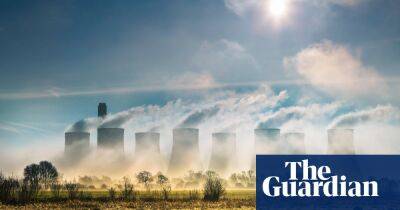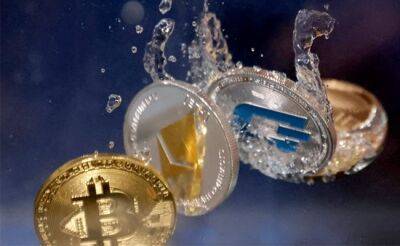Offshore fish farms: a new wave of food production … or the ‘wild west’ of ocean pollution?
The enclosures stretch the length of an Olympic-size swimming pool, but from above they appear as floating dots scattered across the ocean. Inside, fish mill about as the submerged pens sway to the currents of the open sea.
Known as offshore fish farms, these structures have appeared around the world in recent years. Their proliferation in open waters, often sitting several miles off coastlines, has sparked heated debate: some see them as the next frontier for the sustainable production of fish such as Atlantic salmon, seabass and cobia; others describe them as “factory farming of the sea”.
What almost everyone can agree on is that these deep-sea farms are poised to surge in the coming years. Between 1961 and 2017, global demand for fish grew an average of 3.1% a year, leaving companies scrambling.
“Aquaculture is the fastest growing form of food production in the world,” says Robert Jones, the Nature Conservancy’s global lead for aquaculture. “And we’re at the very beginning of this industry. Now is the chance to influence where it goes.”
The Nature Conservancy has long viewed offshore farms as a potential gamechanger for fish production, albeit one threaded with huge challenges. “It is growing rapidly around the world, and it’s an opportunity for conservation,” said Jones. “But it can also potentially come at the detriment of the environment.”
What attracts the organisation is the possibility that the farms could ease pressure on wild fish populations. In 1974, about 10% of the fish stocks in the world’s marine fisheries were being depleted too quickly for species to replace themselves, according to the UN’s Food and Agriculture Organization. By 2017, this proportion had climbed to 34%.
The deep-sea locations of offshore
Read more on theguardian.com


 theguardian.com
theguardian.com
![Are you going long on Tezos [XTZ] in August? Read this first - ambcrypto.com - Israel - Beyond](https://finance-news.co/storage/thumbs_400/img/2022/8/17/37533_0zyrg.jpg)

















